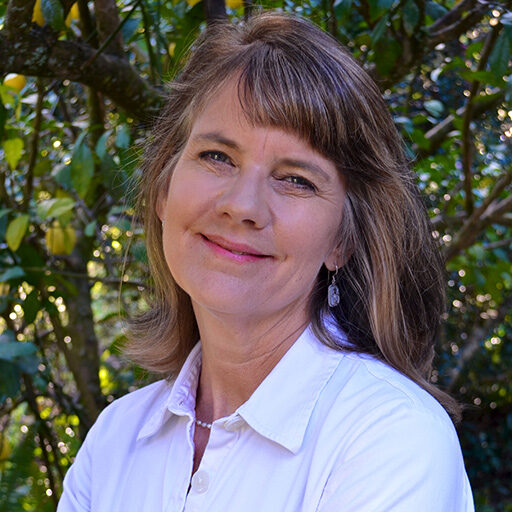
Cynthia Barnett, UF College of Journalism and Communications
Cynthia is helping shepherd SILA’s Environmental Civics component, which aspires to elevate scientific leadership, communication and community engagement. Our environmental civics work explores how to convey the significance of ice loss and related research to non-science audiences thousands of miles from the Arctic. Educational and outreach programs in both Greenland and our home campus in Gainesville, Florida, aim to keep us engaged with our research and home communities. Leadership training for our student researchers seeks to strengthen the role of scientists in public discourse.
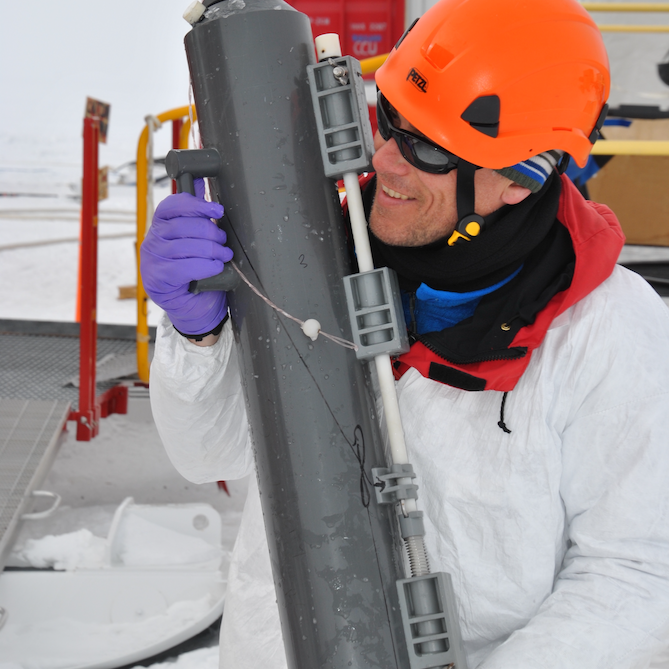
Brent Christner, UF Department of Microbiology and Cell Science
Brent is a microbiologist interested in microbes and ecosystems that exist under cold conditions. His polar research focuses on the diversity, physiology and biogeochemistry of microorganisms that inhabit environments associated with glaciers and ice sheets. His research objective is to better understand microbial interactions involved in and contributing to feedbacks among hydrogeology, geochemistry, biogeochemistry, ecosystem ecology and weathering associated with retreat of the Greenland Ice Sheet.

Matt Cohen, UF School of Forest, Fisheries, & Geomatics Sciences
Matt is an ecohydrologist interested in stream ecosystems and their catchments. His SILA work focuses on characterizing the carbon dynamics of Greenland streams. Controls on the magnitude, timing and balance of metabolic reactions include nutrient supply, and one key aspect of the work will be evaluating patterns of nutrient limitation. Stream metabolism is both a control on and influenced by landscape weathering rates, and exploring these connections is central to the SILA project goals.
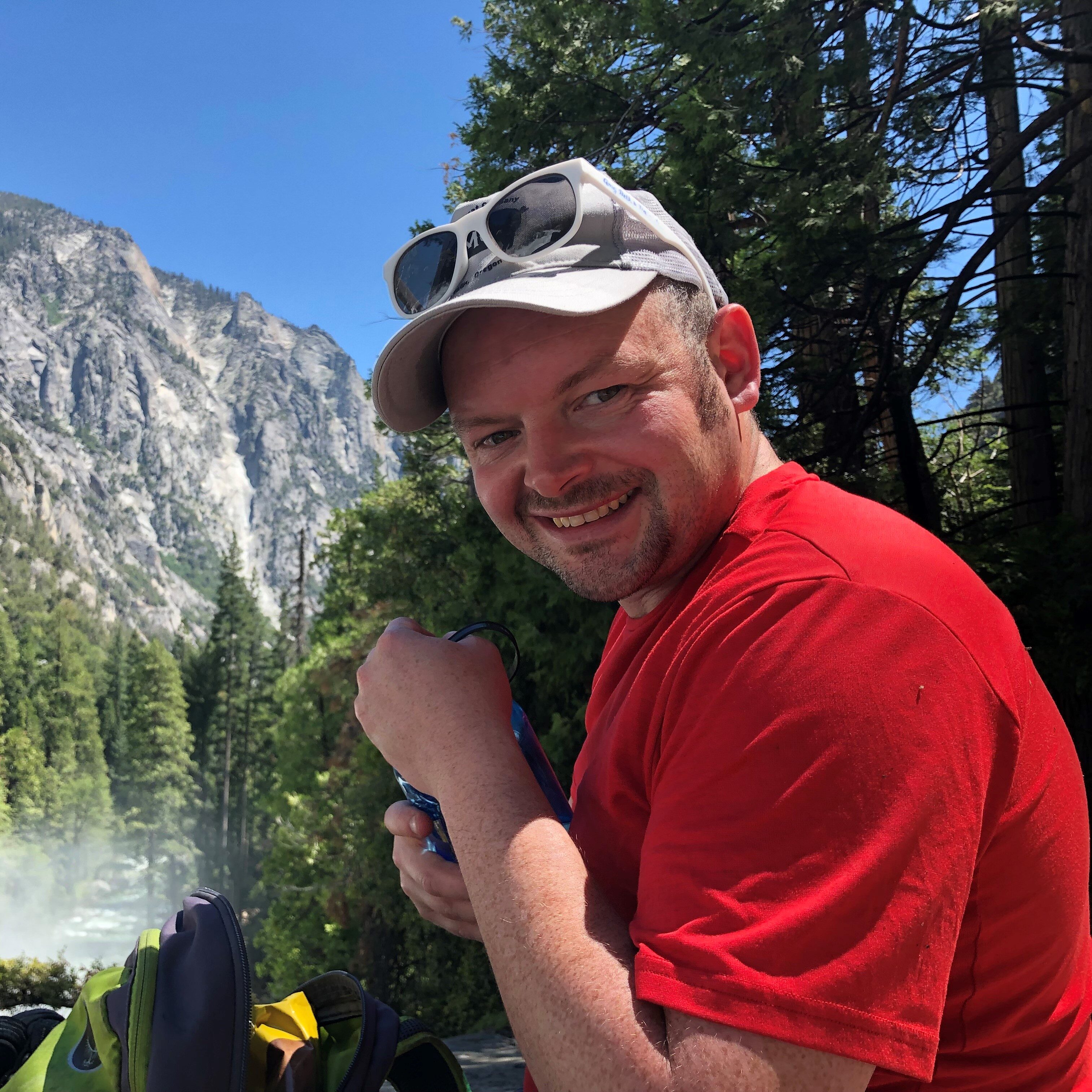
Rob Hatfield, UF Department of Geological Sciences
Jim directs UF’s Landscape Hydrology Laboratory with research emphasis on human interactions with hydrologic systems at landscape scales. His work encompasses field experiments, laboratory studies, theoretical developments, and mathematical modeling. On the SILA project, his research objectives are to understand how regional water budgets will be altered by changing patterns of snow and ice storage, and how spatial patterns of stream chemical composition reveal the effects of landscape-scale weathering from the glaciers to the coast.
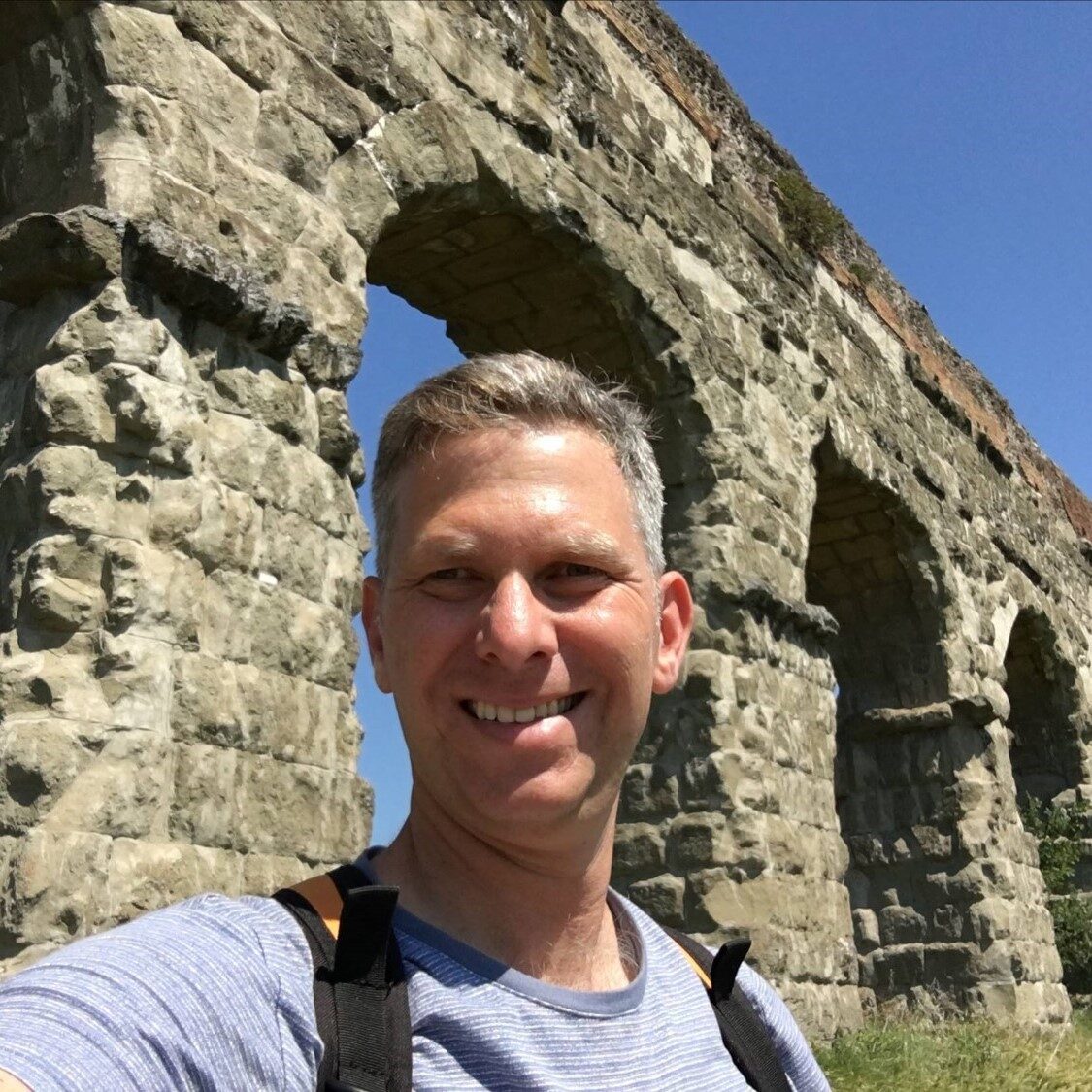
Jim Jawitz, UF Soil and Water Sciences Department
Jim directs UF’s Landscape Hydrology Laboratory with research emphasis on human interactions with hydrologic systems at landscape scales. His work encompasses field experiments, laboratory studies, theoretical developments, and mathematical modeling. On the SILA project, his research objectives are to understand how regional water budgets will be altered by changing patterns of snow and ice storage, and how spatial patterns of stream chemical composition reveal the effects of landscape-scale weathering from the glaciers to the coast.
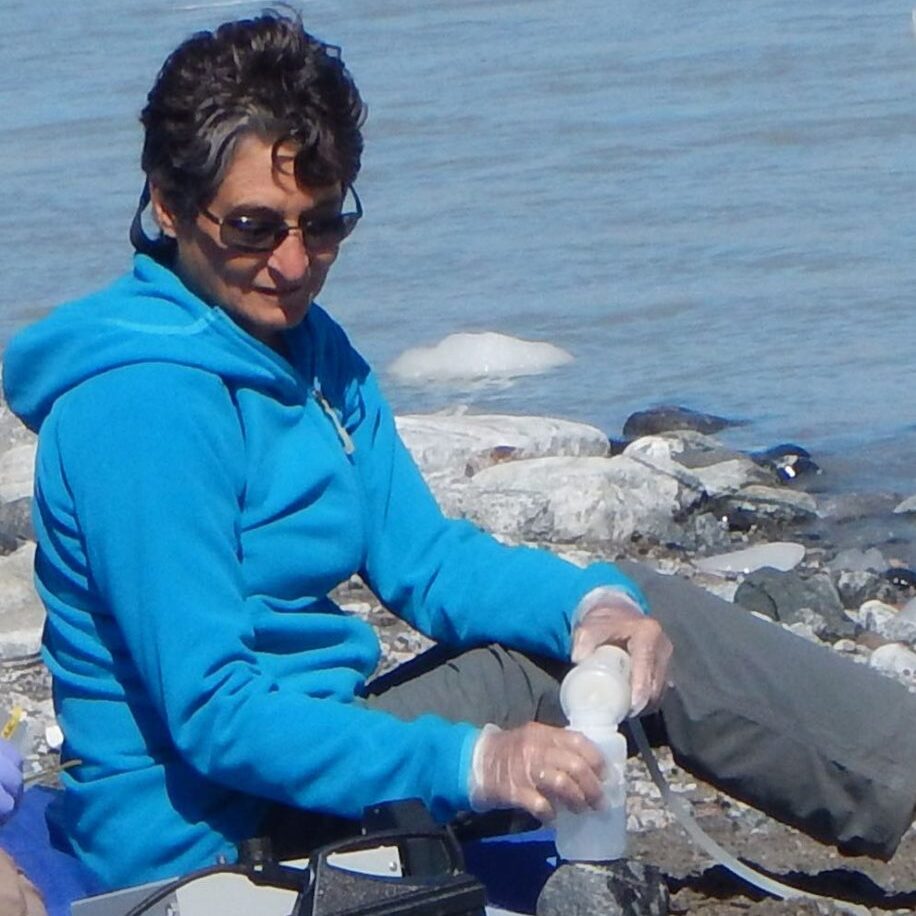
Ellen Martin, UF Department of Geological Sciences
Ellen is a paleoceanographer/paleoclimatologist working to understand the relationships among chemical weathering, the carbon cycle, and climate. Her research in Greenland explores variations in the isotopic composition of stream waters and sediments to define spatial trends in chemical weathering from the ice sheet to the coast. These trends translate into variations in the composition of river runoff overtime as the ice sheet retreats. This research helps her interpret the long-term history of ice sheet advance and retreat that is preserved in deep-sea sediments.
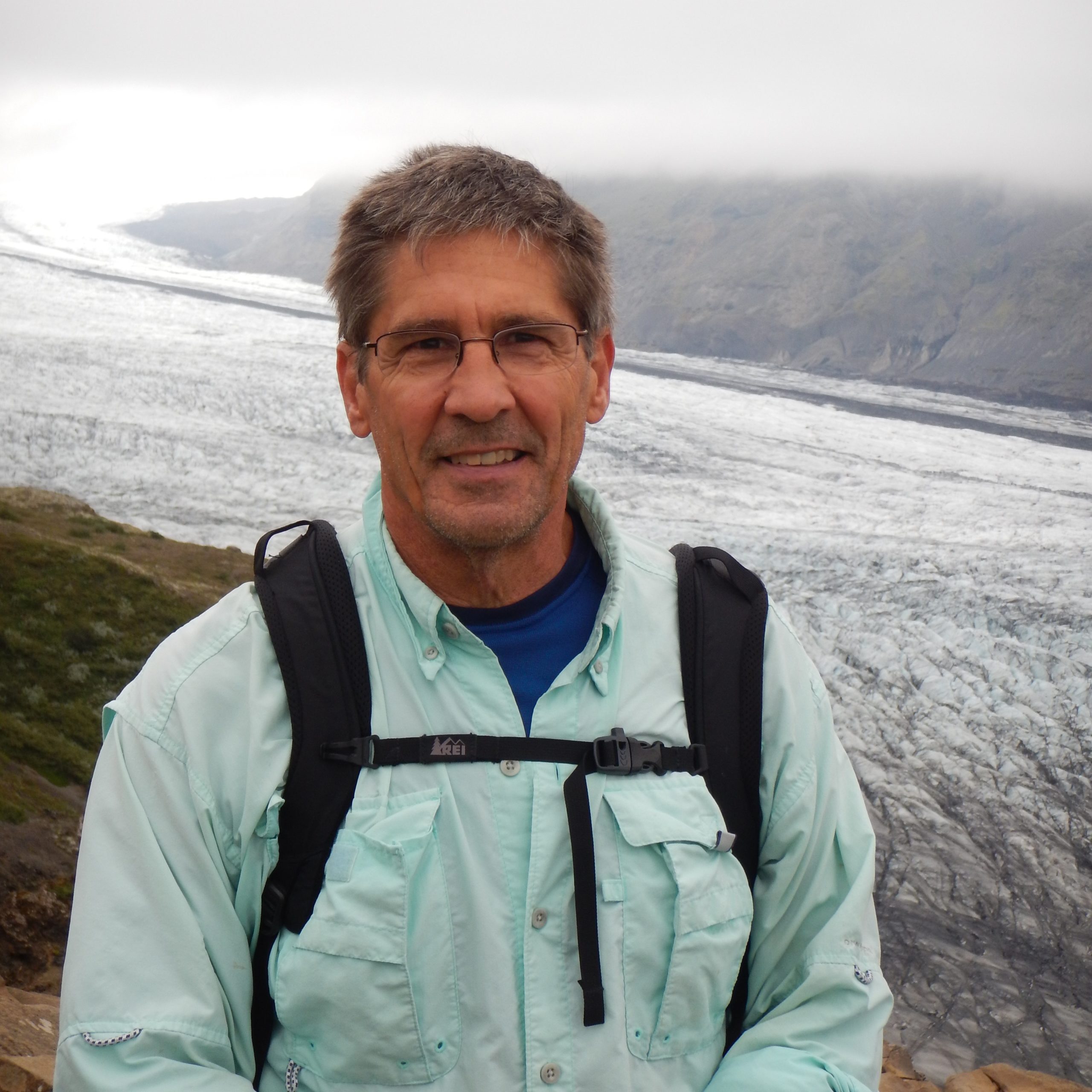
Jon Martin, UF Department of Geological Sciences
Jon is Principal Investigator for the SILA project. He is a geochemist interested in processes that alter water chemistry in various environments, including Arctic watersheds. His work in high latitudes focuses on chemical reactions that control major element, nutrient, and greenhouse gas compositions of streams draining landscapes exposed from retreating ice sheets and draining melt water from the Greenland Ice Sheet. His research goal is to evaluate causes of and effects from the material carried by these streams to the ocean and atmosphere.
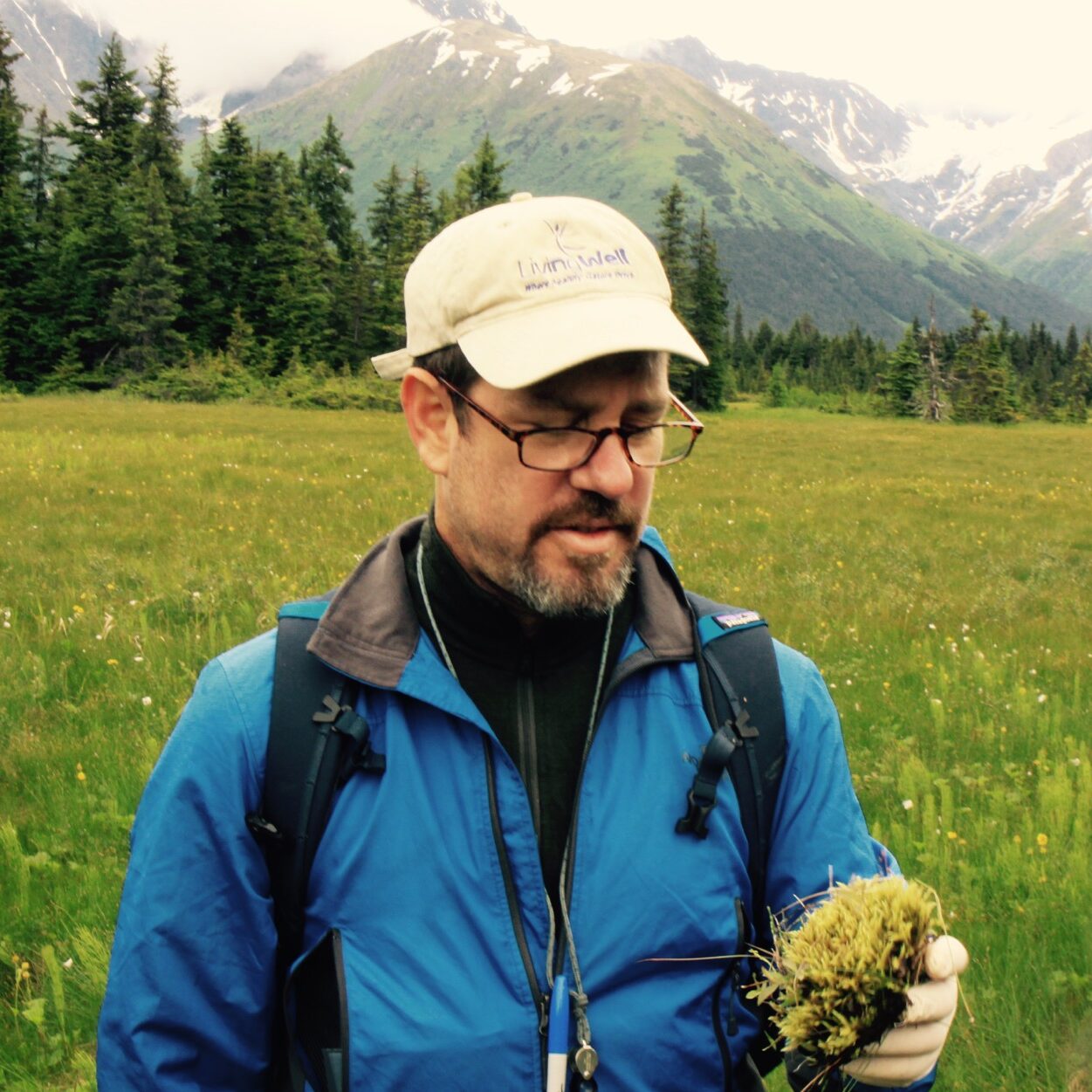
Stuart McDaniel, UF Department of Biology
Stuart studies moss evolution and diversity. His lab’s will link plant community composition across the study catchments in Greenland to nutrient variation in downstream waters. Plant communities differ across the tundra, and also vary in numerous ways that may influence the flux of nutrients across the landscape. How these nutrient fluxes will be altered as Greenland’s climate warms, and the tundra plant communities change, may influence the assembly and ecological functioning of downstream communities. Stuart is keen to understand how evolutionary forces shaping genetic variation within species can influence nutrient fluxes with ecosystem-scale consequences.
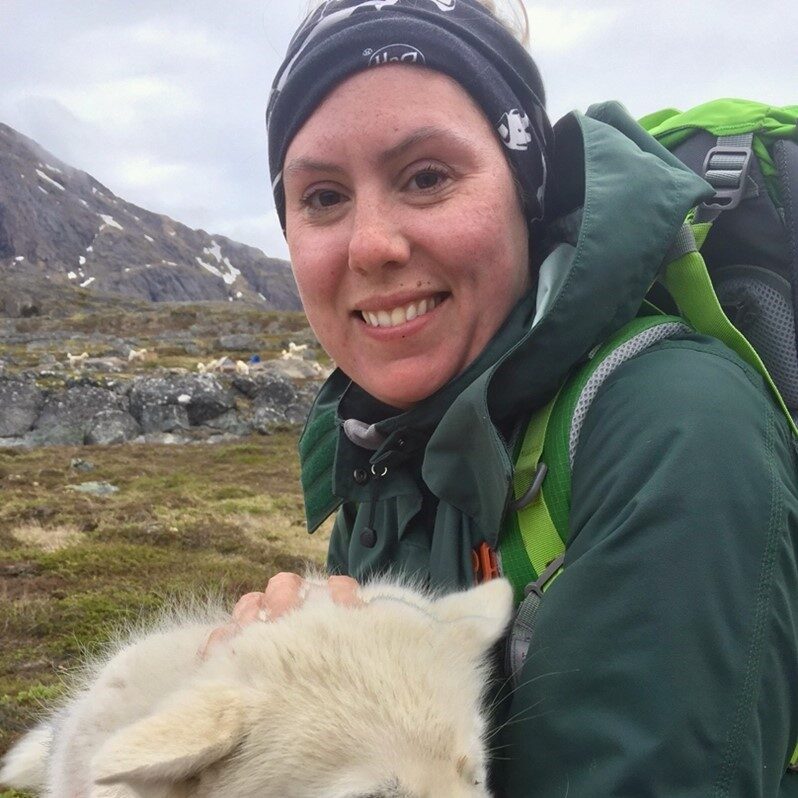
Andrea Pain, University of Maryland Center for Environmental Science
Andrea studies the interactions between the changing hydrology of Arctic landscapes and biogeochemical processes that shape carbon and nutrient dynamics across the land-sea continuum. Andrea, an assistant professor at the University of Maryland Center for Environmental Science at Horn Point Laboratory, earned her PhD from UF in 2017. On the SILA project, she will investigate how soil properties and land-water interactions in changing Arctic landscapes impact the export of organic matter and nutrients from soils to streams, and ultimately the coastal ocean.
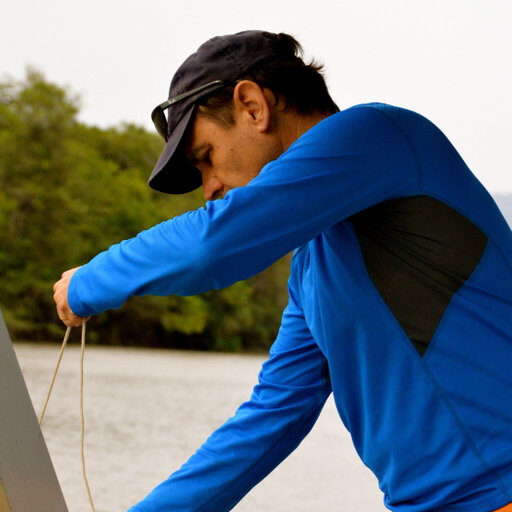
Arnoldo Valle-Levinson, UF Engineering School of Sustainable Infrastructure & Environment
Arnoldo is a coastal physical oceanographer. His research focuses on estuarine and coastal hydrodynamics, including fjords. He also studies recent changes in sea-level rise, storm surges and saltwater intrusion. His research objective in this project is to understand variability in fjord circulation at different temporal and spatial scales. He will investigate changes produced by riverine and ice melting forcing on the land side, and oceanic forcing on the other end of the fjord.
